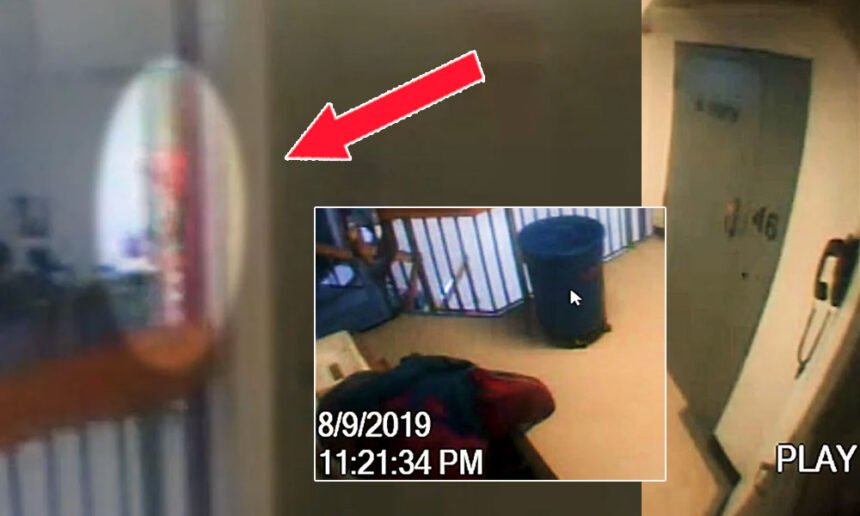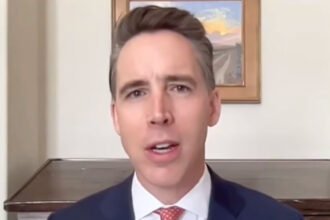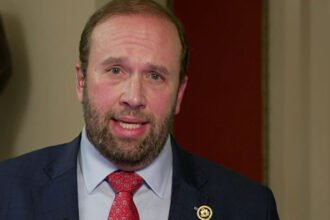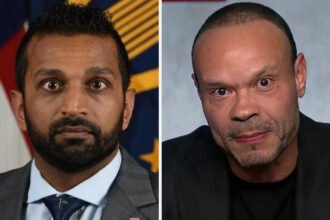A new forensic review of the jail video from the night Jeffrey Epstein died has exposed serious holes in the government’s version of events — including camera blind spots, missing minutes of footage, and unexplained activity that was never mentioned in official reports, according to CBS News.
In 2019, after Epstein was found dead in his Manhattan jail cell, top federal officials — including then-Attorney General William Barr — insisted there was “no foul play.” Barr said a “personal review” of surveillance video showed that “no one entered” the area, backing the medical examiner’s ruling of suicide. FBI Deputy Director Dan Bongino later claimed on Fox News, “There’s video clear as day — he’s the only person in there and the only person coming out.”
But the actual video — made public this month — doesn’t show that. In fact, it doesn’t even capture the entrance to Epstein’s cell block.
Key Areas Not Shown on Camera
The 11-hour surveillance footage offers only a partial view of the Special Housing Unit (SHU) where Epstein was held. It shows a stairwell, a desk, and some movement — but not the door to Epstein’s cell, not the main entrance to the unit, and not the staircase in full.
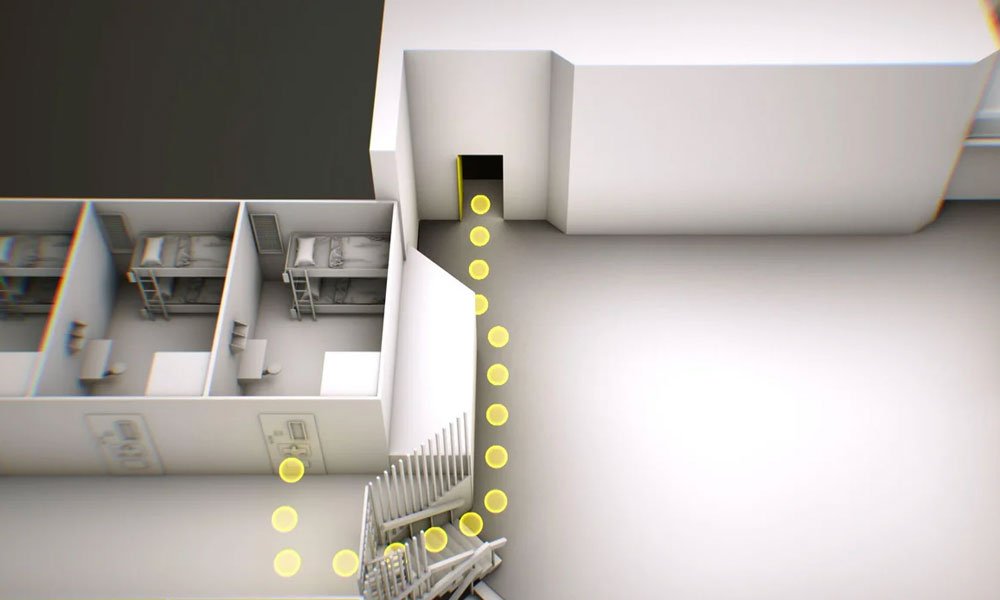
That’s a critical flaw. According to the FBI, “anyone entering or attempting to enter the tier where Epstein’s cell was located… would have been captured by this footage.” That’s not true. Experts brought in by CBS News — including four leading forensic analysts — all agreed: the camera simply doesn’t show enough.
“To say that there’s no way someone could get to that stair up to his room without being seen is false,” said Jim Stafford, a veteran video forensics expert.
A Strange “Orange Shape” and a Key Moment of Confusion
At 10:40 p.m., the video shows an orange blur moving up the stairs. The Justice Department said it was a corrections officer delivering linens. But experts aren’t convinced.
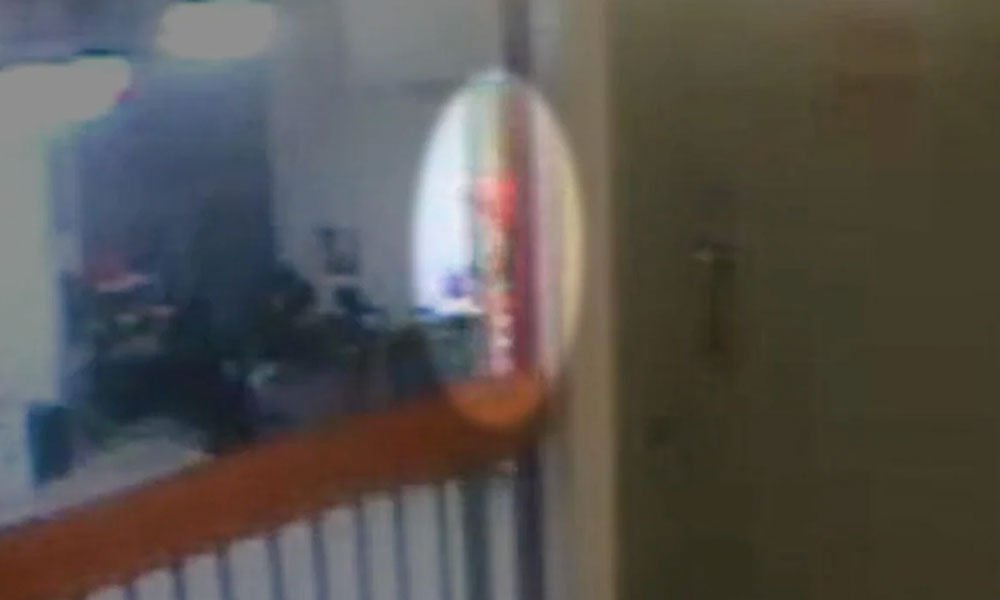
“Based on the limited video, it’s more likely it’s a person in an [orange] uniform,” said retired NYPD sergeant Conor McCourt, suggesting it may have been an inmate — not an officer — on the stairs to Epstein’s cell.
A Mysterious Missing footage
For most of the video, a timestamp counts the seconds. But just before midnight, the counter jumps forward one full minute — with no explanation. Experts said the footage also shows signs of being a screen recording, not a direct export from the prison’s video system.
At one point in the video, a cursor and menu briefly appear on screen — and the footage speeds up.
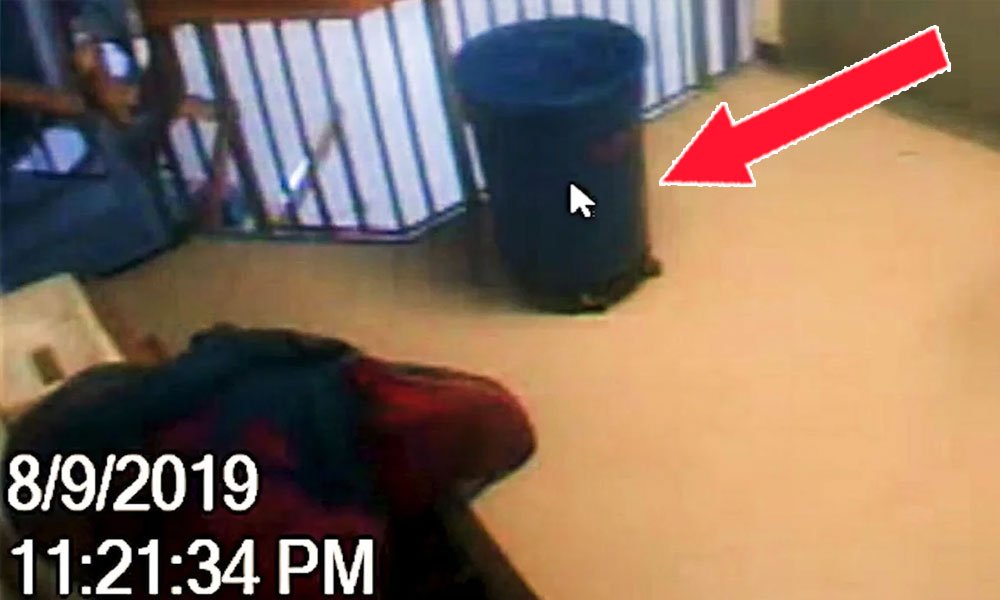
The Justice Department claimed the FBI took the prison’s digital video recorder (DVR) five days after Epstein’s death and that the footage released was “raw.” But experts say that’s unlikely. The presence of the cursor and menu strongly suggests this isn’t original footage pulled from the DVR — it’s a screen recording made by someone watching the video, not a direct copy.
Metadata from the file confirms it was created in May 2025, not in 2019 — indicating the video was edited.
“There was a minute that was off that counter,” Attorney General Pam Bondi said. She claimed the prison system resets each night and drops a minute of footage. But a federal source told CBS that’s not true — the FBI and Bureau of Prisons have unedited versions that show no missing time. Why they weren’t released remains unanswered.
Unidentified Individual Appears On Video
At 12:05 a.m., someone walks through the Special Housing Unit. But the inspector general’s report only mentions two staff members entering after midnight. The presence of a third, unidentified person is never explained.
Misstatements in Staff Testimony
One guard, Tova Noel, told investigators she had left Epstein in the shower area during a phone call and didn’t escort him back to his cell. But the video shows what appears to be her walking Epstein toward the staircase shortly after the call. Another female officer — not mentioned in that part of the report — leaves and returns just before that.
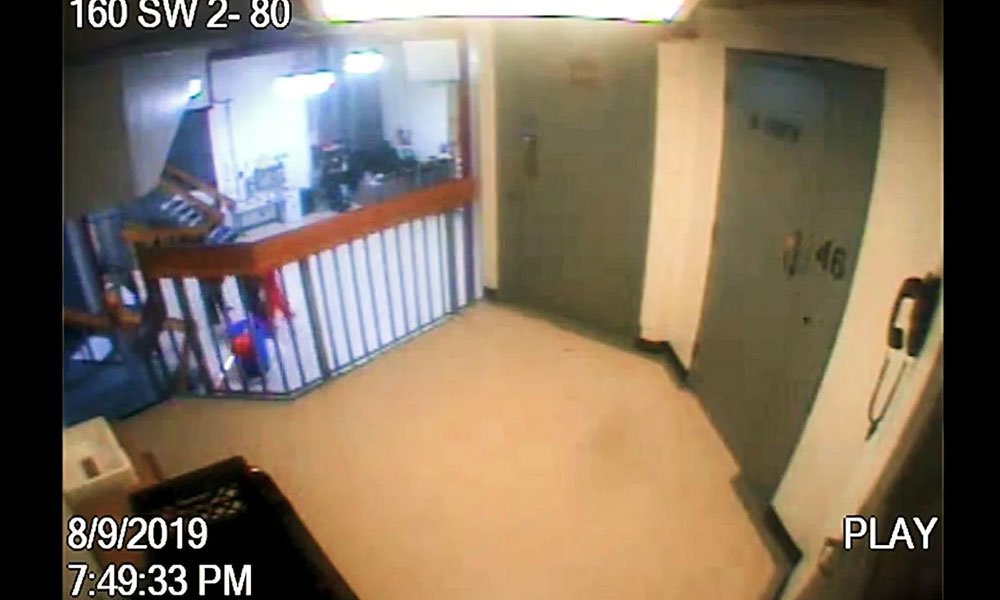
Epstein’s final phone call was made from a shower area using a line meant only for attorney calls. He told staff he was calling his mother — but she had died in 2003. The number actually reached a man in New York, who passed the phone to Epstein. No one monitored the call, and the unit manager who authorized it left the area.
“We don’t know what happened on that phone,” said a regional Bureau of Prisons official. “It could have potentially led to the incident… but we don’t — we will never know.”
Doors Opened While Guards Weren’t Visible
Prison rules require two locked doors to access Epstein’s unit — one remote-controlled, one opened with a physical key. Staff said only Noel and another officer, Michael Thomas, had keys. But the video shows multiple people coming and going while neither officer is seen near the door.
This undermines the claim that only two guards could have allowed someone in — or that no one else entered. And without camera views of the doors or stairs, it’s impossible to confirm the FBI’s conclusion.
Other Cameras Existed — But Still Not Released
Two other cameras were running that night, one near an elevator and one aimed at a nearby guard post. Neither has been released. Officials have claimed they weren’t helpful, but experts disagree. Even if they don’t show Epstein’s cell, they could help determine who moved through the area — and whether the system routinely drops footage, as Bondi claimed.
Despite multiple failures — from missed 30-minute checks to the decision to leave Epstein without a cellmate after a recent suicide attempt — no high-level officials have been held accountable.
Two low-level guards were charged with falsifying records. Those charges were dropped.
Mark Epstein, Jeffrey’s brother, still believes his brother was murdered. “Without a recording of the camera in the actual tier where Epstein was housed, it is unclear if the door to his brother’s prison cell had been properly locked or if other prisoners could have had access,” he told CBS.
The Justice Department now says the case is closed. But the video it relied on tells an incomplete — and increasingly questionable — story.









